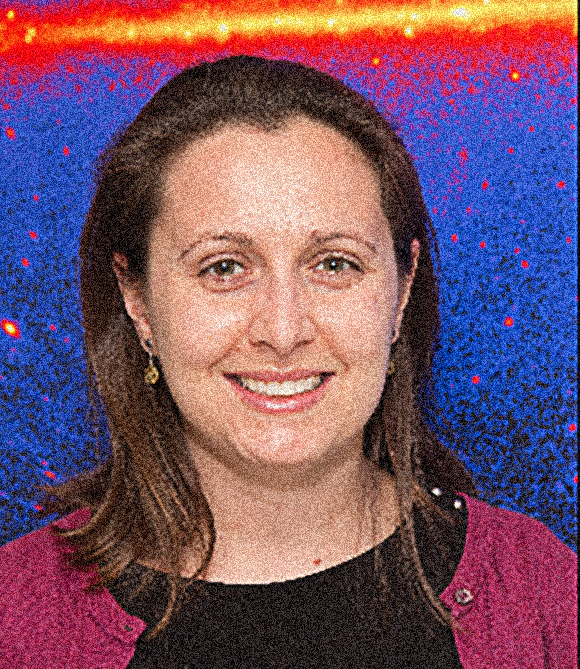
Regina Caputo
Astrophysicist
- Ph.D. (2011) • Physics • Stony Brook University
- B.Sc. (2006) • Engineering Physics • Colorado School of Mines
- Research Astrophysicist and PI of AstroPix, AMEGO-X and ComPair-2 at NASA Goddard Space Flight Center
- Research interests include multimessenger astrophysics, dark matter, high-energy astrophysics, gamma-ray mission and technology development. Current Observatory Project Scientist for the Neil Geherls Swift Observatory, Project Manager for the ComPair Balloon mission, PI of AstroPix and AMEGO-X

Upper left: circuit board with gold connectors on the left, bottom and right. The AstroPix chip sits in the middle mounted to the circuit board. Bottom left: a preliminary CAD model of the A-STEP payload which consists of a sliver cube and cut away to reveal 3 green layers separated by yellow standoffs and a pink base. Right: Image of a sounding rocket taking off.
- Monolithic CMOS Silicon Pixel detectors (bottom right)
- Next generation gamma-ray telescopes
- Large format particle tracking detectors
- Design, build and test prototype gamma-ray instruments on balloon and sounding rocket platforms (left bottom)
- Build a next generation gamma-ray observatory to succeed the Fermi Gamma-ray Space Telescope which will enable multimessenger astrophysics and support the high-energy community
- Support, promote, and mentor junior scientists on my teams especially postdocs and graduate students
- Outreach to the public about the awesome work done at NASA
